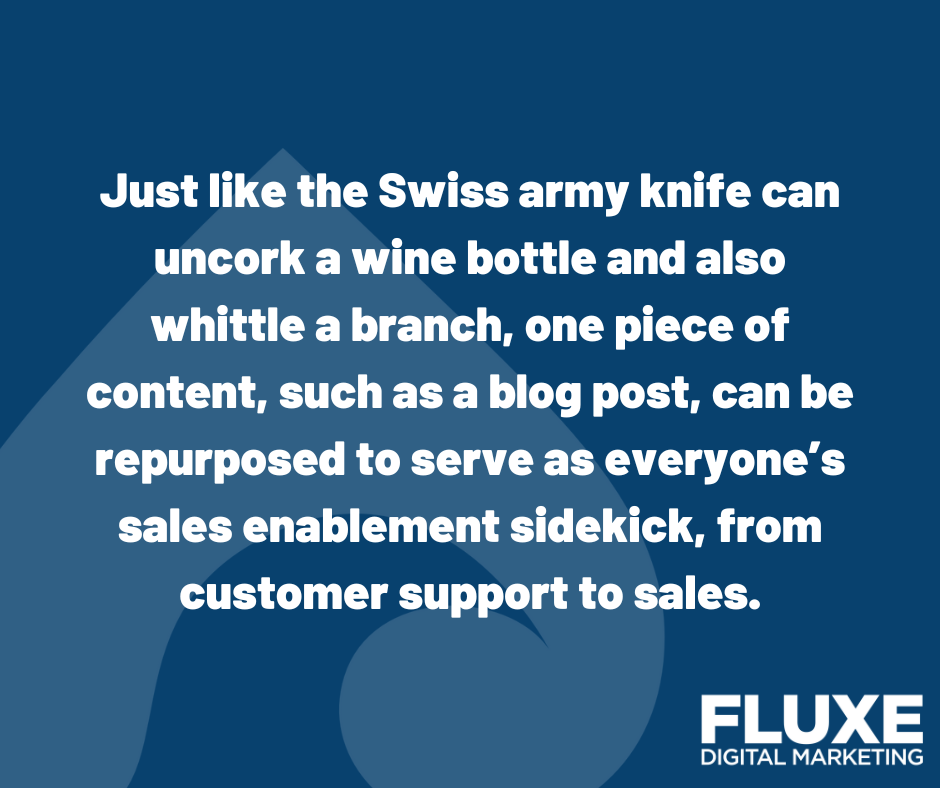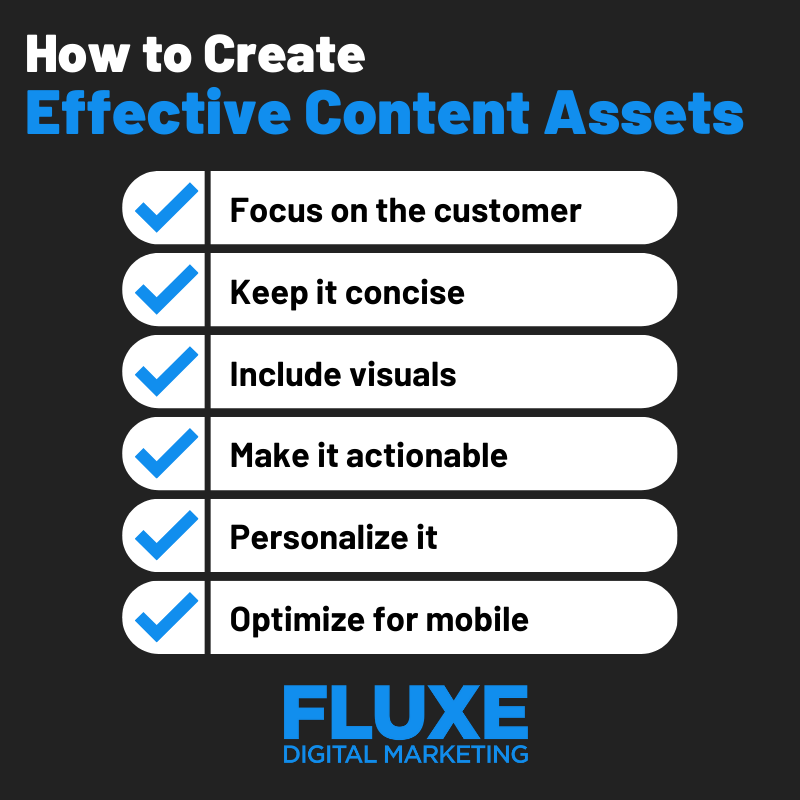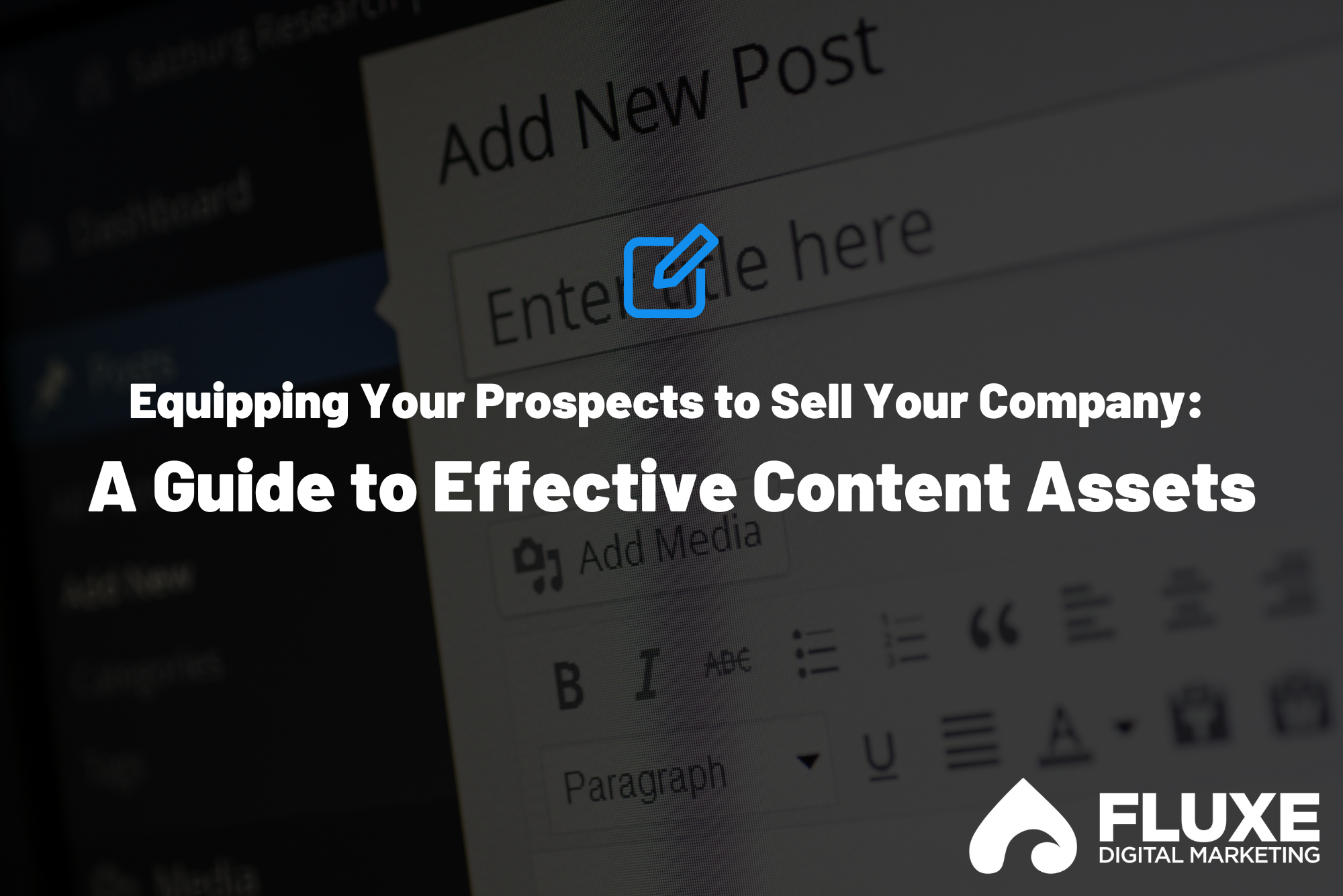You’re giving the greatest sales pitch of your career.
You’re on a call with Matt, a CMO, and you’ve totally sold him on the value of your company. “You’ve convinced me,” he says. “Let me talk to Brian, our CEO, and we’ll sign that offer letter soon.”
Brian’s company is a perfect fit for yours, and you’re anxious to start working together. You leave the call, buzzing with excitement…
…only to have your hopes crushed a few days later, when Matt tells you Brian has decided to go in a different direction.
When you pitch your company’s services, you’re not always selling directly to the lead decision maker. You’re often pitching to the COO or CMO, who then has to turn around and sell your company to the CEO. They have to regurgitate your conversation in a way that best represents you, with only their memory to rely on.
Needless to say, Matt may have a tough time articulating your value. So how do you get your message across to the decision maker? By making sure Matt uses your words as much as possible to sell to the real decision makers.
Use Sales Enablement Assets
Sales enablement assets are concise leave-behind materials Matt can show his company’s lead decision makers. He may not remember the exact verbal genius you bestowed upon him during your sales call (maybe you don’t, either), but he can refer to sales enablement assets you leave behind. They’re your way of fact-checking and supporting his claims without being in the room yourself.
I know what you’re thinking: “Joel, you already want me to write blog posts, social media posts, and video scripts. Now I have to make sales enablement assets, too?”
Yes and no. The good news is you don’t have to reinvent the wheel. You already have a lot of these assets hiding in plain sight: in emails, in blog posts, even in your sales calls. The challenge is that these assets are scattered across different departments or stored in formats that aren’t easily accessible.
You’re so familiar with your material, you may not immediately recognize these assets as great sales enablement content. It’s the curse of knowledge: You don’t realize how much you already know, and how much others don’t.
Your job, then, is to take stock of your existing content assets, carefully consider where they could help, and develop a strategy for organizing and distributing them effectively throughout the sales process.
How Do Sales Enablement Assets Fit Into Your Content Strategy?
Content is like a Swiss army knife — it’s a multiplier of your efforts. Just like the Swiss army knife can uncork a wine bottle and also whittle a branch, one piece of content, such as a blog post, can be repurposed to serve as everyone’s sales enablement sidekick, from customer support to sales.
I’ll use one of my own clients as an example. Montana Knife Company (MKC) publishes one blog post per week, meant to boost its SEO rankings and draw new prospects. MKC repurposes that content by recommending those same blog posts to recent buyers as educational tools.

A single piece of content gets potential buyers in the door, and later, it trains existing customers to use their new product better.
You can use the same principle for sales enablement. When Matt pitches CEO Brian on your company’s value, he’s your advocate. Equip him by repurposing appropriate existing content to give him his best chance of success.
When to Use Specific Sales Enablement Assets
That’s not to say you should throw all your content at Matt and hope for the best. Decide strategically which assets to give to him based on anticipated questions and concerns.
Every time I get on a sales call, I want to anticipate objections and voice them before the prospect can. When you articulate their problem better than anyone else, prospects assume you’re the one with the best answer.
In sales calls, escape being seen as a salesperson and establish yourself as a peer or guide as quickly as possible. My goal isn’t to be a prospect’s friend — it’s to be their doctor, diagnosing what’s wrong and whether we’re the right company to treat it.
Once you’ve anticipated and addressed Matt’s questions, anticipate and address Brian’s. Ask yourself, “What specifically does the decision maker need to see and be convinced of that will help my advocate close this deal for me?”
As you create your sales enablement assets, assign each to a specific question or concern a prospect may have: “If I know X question will arise, I need to send Y content asset.” Sending sales enablement assets isn’t about throwing spaghetti against the wall and seeing what sticks. It’s about strategically pushing differently shaped pegs into matching holes.
Of course, that’s easier said than done. Here are a few questions to ask yourself to help you get started:
- What common objections and concerns do prospects have during the sales process? What information can address those concerns and move the prospect further down the funnel?
- What are the most common questions my sales reps receive from prospects? What resources can my sales reps use to answer those questions effectively?
- What are the unique features or benefits of my product or service? What kind of content would highlight those features and benefits in a way that resonates with prospects?
- What pain points or challenges does my target audience face? What kind of content will address those pain points and position my product or service as a solution?
- What are the different stages of the sales funnel, and what content assets can support sales reps at each stage? (e.g. At the top of the funnel, you might create blog posts or social media content to attract leads; at the bottom of the funnel, you might create case studies or product demos to close deals.)
- What content has been most effective in the past? What feedback have I received from my sales reps or customers, and what types of content would they like to see more of?

What Types of Content Assets Are There?
As I mentioned earlier, each content asset should be tailored to a specific anticipated question or concern, though there will be some overlap. If you want to know what pegs to stuff into what holes, follow this guide:
1. Common Objections or Concerns:
- FAQ page
- Competitor comparison chart
- Case studies or testimonials addressing similar concerns
- Video demos or walkthroughs of the product or service
- Product documentation or technical specifications
2. Common Questions:
- Sales script or conversation guide
- Sales presentation deck
- Whitepapers or industry reports
- Product datasheets or fact sheets
- Customer success stories
3. Unique Features or Benefits:
- Product demo videos or walkthroughs
- Interactive product tours or simulations
- Feature comparison charts
- Infographics or visual representations of features and benefits
- Customer testimonials or case studies
4. Pain Points or Challenges:
- Whitepapers or ebooks
- Webinars or live events featuring industry experts
- How-to videos or tutorials addressing common challenges
- Reports or surveys on industry trends
- Interactive tools or calculators that help prospects quantify their pain points
5. Sales Funnel Stages:
- Top of the funnel: Blog posts, social media content, infographics, ebooks
- Middle of the funnel: Webinars, case studies, product demos, email campaigns
- Bottom of the funnel: Pricing sheets, customer references, sales decks, proposals
6. Purposeful Content:
- Content that educates: Blog posts, webinars, ebooks, whitepapers
- Content that engages: Interactive tools, quizzes, polls, surveys
- Content that influences: Case studies, testimonials, ROI calculators
- Content that nurtures: Email nurturing campaigns, personalized demos, follow-up calls
- Content that sells: Sales decks, proposals, pricing sheets

How to Create Effective Content Assets
Struggling with execution? Here are my tips for creating effective content assets that will help you reach decision makers:
- Focus on the customer: Make sure your content speaks to specific needs. Avoid overly technical or jargon-heavy language, and use examples or anecdotes that resonate with your target audience.
- Keep it concise: Use bullet points, subheadings, and other formatting techniques to break up the text and make it easier to read.
- Include visuals: Use images, videos, infographics, and other visual elements to illustrate your points and make your content memorable.
- Make it actionable: Providing actionable steps prospects can take immediately demonstrates the value of your content and makes it more likely prospects will engage with you.
- Personalize it: Use the prospect’s name, mention their specific pain points, and tailor the content to their needs and interests.
- Optimize for mobile: Many prospects will be reading your sales enablement content on their mobile devices. Use mobile-optimized, responsive design and make sure the text and visuals are easy to read on a small screen.
Final Thoughts
Why go through all the effort of jumping on a sales call and pitching your services, only to leave the rest up to chance? It’s like sending an untrained salesperson in to close a deal on your behalf.
Instead, train your prospects to sell your company the same way you train your employees to — with effective sales enablement assets at their disposal.
By creating and sharing sales enablement assets, you provide the support your advocates need to effectively reach decision makers with your message.



